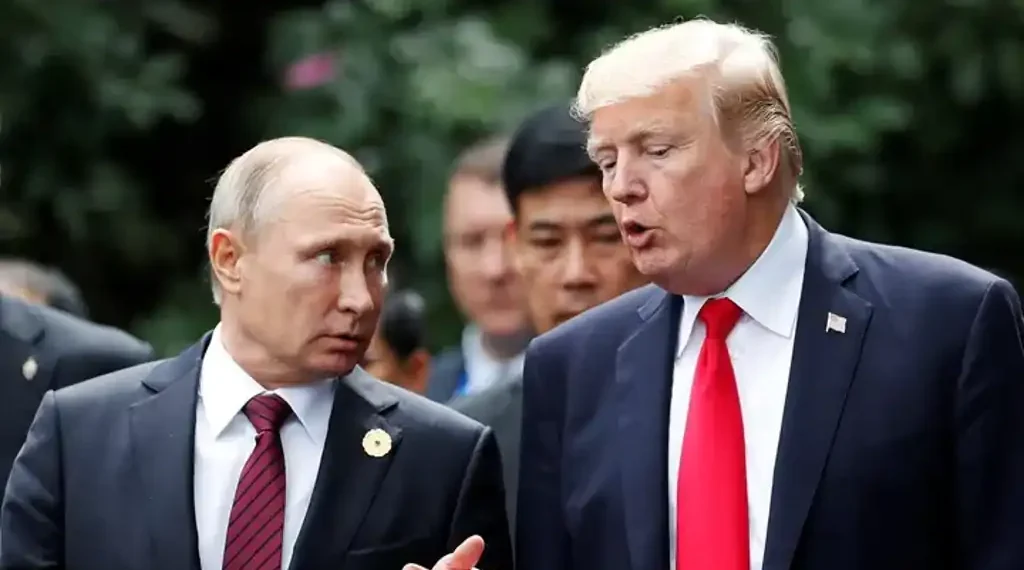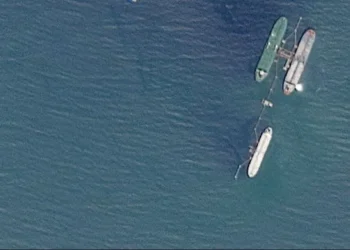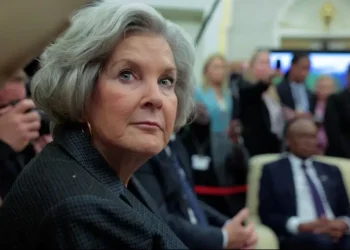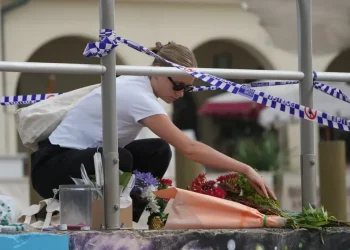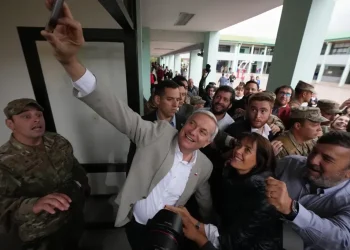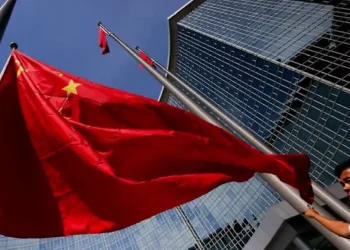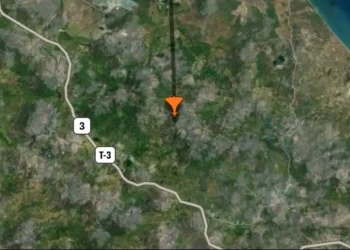Trump pivots on Russia strategy with oil sanctions to push peace in Ukraine
July-27-2025, 20:45 ET
In a major foreign policy shift, President Donald Trump has taken a firmer stance on Russia, signaling support for Ukraine through NATO and warning the Kremlin of severe oil-related sanctions unless it agrees to peace negotiations. The new strategy aims to curb Russia’s war ambitions by targeting its most critical economic sector—energy exports.
While experts see the move as a strategic escalation, they caution that achieving a durable peace could take years and require complex diplomatic concessions. Trump’s evolving policy reflects the broader challenge of balancing U.S. national interests with global security.
A sharp pivot: From diplomacy to economic pressure
President Trump’s stance on Russia has undergone a significant change since his return to office. Earlier this month, for the first time in his current term, Trump reaffirmed U.S. support for Ukraine as part of a broader NATO arms agreement. In doing so, he issued a direct ultimatum to Russian President Vladimir Putin: pursue a peace deal or face tough new sanctions—particularly on oil exports, which are central to Russia’s economy.
The announcement marks a notable departure from Trump’s earlier emphasis on diplomacy and non-intervention. Now, the administration is betting on economic tools to push Moscow back to the negotiating table.
Fred Fleitz, former deputy assistant to Trump and chief of staff of the National Security Council during his first term, said the strategy has long-term potential.
“I think it will be effective, and he’s going to stick to that strategy,” Fleitz told Fox News Digital. “We will see. This may take a couple of years to solve.”
Internal GOP divisions over Ukraine and foreign aid
Trump’s pivot has not been universally embraced, even within the Republican Party. While many conservatives support stronger actions to end the war, some prominent figures have criticized ongoing U.S. involvement in foreign conflicts.
Among them is Rep. Marjorie Taylor Greene, a staunch Trump ally, who voiced opposition on social media:
“We do not want to give or sell weapons to Ukraine or be involved in any foreign wars or continue the never-ending flow of foreign aid. We want to solve our own problems plaguing our own people.”
Despite such pushback, Trump appears determined to maintain pressure on Russia while leveraging alliances through NATO. He recently met with NATO Secretary General Mark Rutte and confirmed plans to sell advanced U.S. arms to European allies that would, in turn, support Ukraine.
“We want to defend our country. But ultimately, having a strong Europe is a very good thing,” Trump said during the joint press conference.
Can sanctions and arms deals shift Russia’s war strategy?
Many security analysts argue that the war’s trajectory will ultimately be decided on the battlefield—not solely through sanctions or diplomacy. John Hardie, deputy director of the Russia Program at the Foundation for Defense of Democracies (FDD), emphasized this during a recent briefing with the U.S. Helsinki Commission.
“Ukraine shouldn’t be restricted merely to shooting down arrows,” Hardie said, referring to missile defense. “An optimal approach will combine both offense and defense. Ukraine needs to be able to hit the archer—and the factories that make the arrows.”
He argued that sustained pressure on the Russian economy, alongside support for Ukraine’s military capabilities, could eventually force a strategic rethink in Moscow.
“Putin will continue his unprovoked war so long as he believes it’s sustainable,” Hardie told lawmakers. “Changing that calculus requires hitting Russia where it hurts—economically and militarily.”
A long path to armistice, not a quick peace
While some in Washington hold out hope for a swift resolution, Fleitz cautions that peace is unlikely to come easily or quickly. He predicts the war could end not with a formal treaty, but with an armistice—a negotiated suspension of fighting between both sides.
“I think there’s probably going to be an armistice where both sides will agree to suspend the fighting,” said Fleitz, now vice chair of the America First Policy Institute’s Center for American Security.
According to Fleitz, a workable resolution might involve Ukraine agreeing to pause its pursuit of NATO membership for a defined period, while Western allies continue to arm Kyiv to deter future aggression.
“Maybe this is a pipe dream, but I think that’s the most realistic way to stop the fighting,” he said. “We know from history: conflicts like this take time. Peacemaking takes time.”
Balancing America First with international security
Trump’s latest move reflects his evolving “America First” foreign policy, which has often emphasized national sovereignty and reduced overseas entanglements. However, advisers say he is willing to adjust that philosophy when strategic threats grow too serious to ignore.
Fleitz explained that Trump’s decision to target Russia’s energy exports follows a broader shift in response to intelligence and changing battlefield conditions.
“He has ownership of this approach, and he will adjust if necessary,” Fleitz noted. “He looked at the intelligence and realized it was getting too close. First it was diplomacy, now it’s economic pressure.”
That flexibility, Fleitz argues, is what distinguishes Trump’s leadership. It allows him to respond quickly to threats while still adhering to core principles of U.S. sovereignty and strength.
Conclusion: Strategy with patience
As the Ukraine war enters another difficult phase, the success of Trump’s oil sanctions strategy remains uncertain. Security experts believe it could work—but only with time, sustained economic pressure, and strong military support for Ukraine.
In the meantime, the administration must navigate political resistance at home, maintain unity among NATO allies, and avoid escalating tensions with Moscow too far.
For now, Trump’s message is clear: peace through strength, with sanctions as the stick—and Ukraine’s sovereignty as the goal.
This article was rewritten by JournosNews.com based on verified reporting from trusted sources. The content has been independently reviewed, fact-checked, and edited for accuracy, neutrality, tone, and global readability in accordance with Google News and AdSense standards.
All opinions, quotes, or statements from contributors, experts, or sourced organizations do not necessarily reflect the views of JournosNews.com. JournosNews.com maintains full editorial independence from any external funders, sponsors, or organizations.
Stay informed with JournosNews.com — your trusted source for verified global reporting and in-depth analysis. Follow us on Google News, BlueSky, and X for real-time updates.
